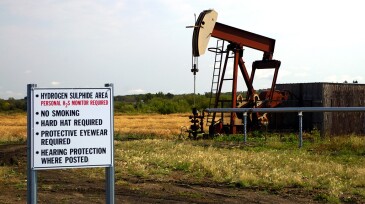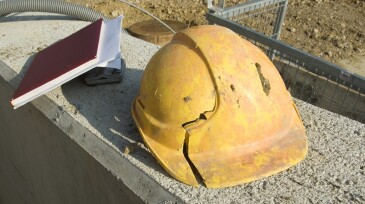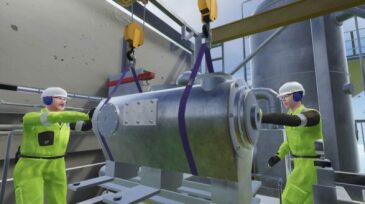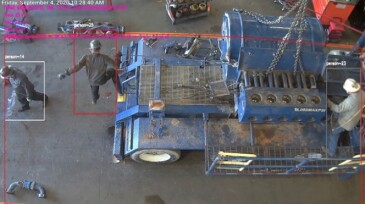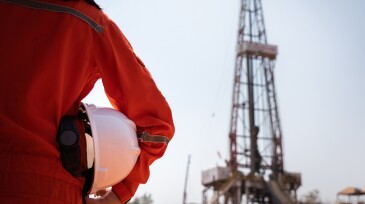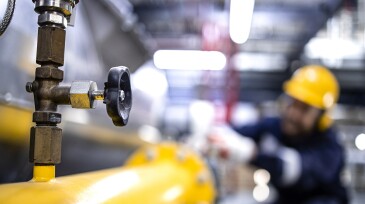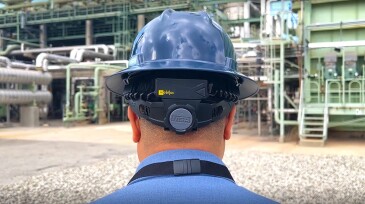Safety
This study ascertains the capital expenditure and operating expenditure associated with the reuse of existing facilities, specifically regarding a carbon capture and storage project being prepared in South Korea.
Sponsored
Advance your career with the new Pipeline Engineering Program at the Technical University of Leoben, a 5-month course combining on-campus and online learning, integrating industry expertise, engineering practice, and future-ready skills for professionals in oil, gas, and emerging energy systems.
A resilience-based approach to safety was the focus of a panel of experts at the 2025 SPE Annual Technical Conference and Exhibition in Houston.
-
OSHA issued citations to oil and gas waste-management company Production Waste Solutions for failing to protect workers from hydrogen sulfide after an employee died.
-
The British Safety Industry Federation found that 85% of safety products it tested between December 2021 and December 2022 failed to meet its regulatory criteria.
-
Equinor is adopting a mobile-game-based “safety simulator” training program from learning and development company Attensi, and a user survey suggests it’s working.
-
Risk is a common thread that runs throughout all engineering disciplines. This course aims to present how to understand and identify hazards, analyze risk, and understand the importance of a comprehensive management system.
-
Harish Krishnamoorthy, assistant professor of electrical and computer engineering at the University of Houston, has been selected by the National Academies’ Gulf Research Program as an early-career research fellow in the Offshore Energy Safety track.
-
Creating and cultivating a safety culture is one of the most effective ways to protect employees and ensure a safe workplace. But building a safety culture can be difficult. It takes time, effort, and commitment from everyone in the organization.
-
Vision analytics is being used to extract insight information from video, with data inferred from existing cameras used to create a monitoring dashboard where supervisors can receive alerts at the worksite level or drill down to specific events.
-
The first step to ensuring the safety of oil and gas workers is to have a comprehensive safety program in place. This includes frequent employee training, detailed equipment inspections, and detailed safety procedures everyone follows.
-
With growing trade of liquefied natural gas (LNG), an increased diversification of LNG supply sources may occur in the LNG tanks as different compositions of LNG are stored in the tanks. It is the primary concern in terms of assuring stability and safety in LNG storage.
-
This device lets workers in noisy and windy environments hear through their bones without removing ear protection.




